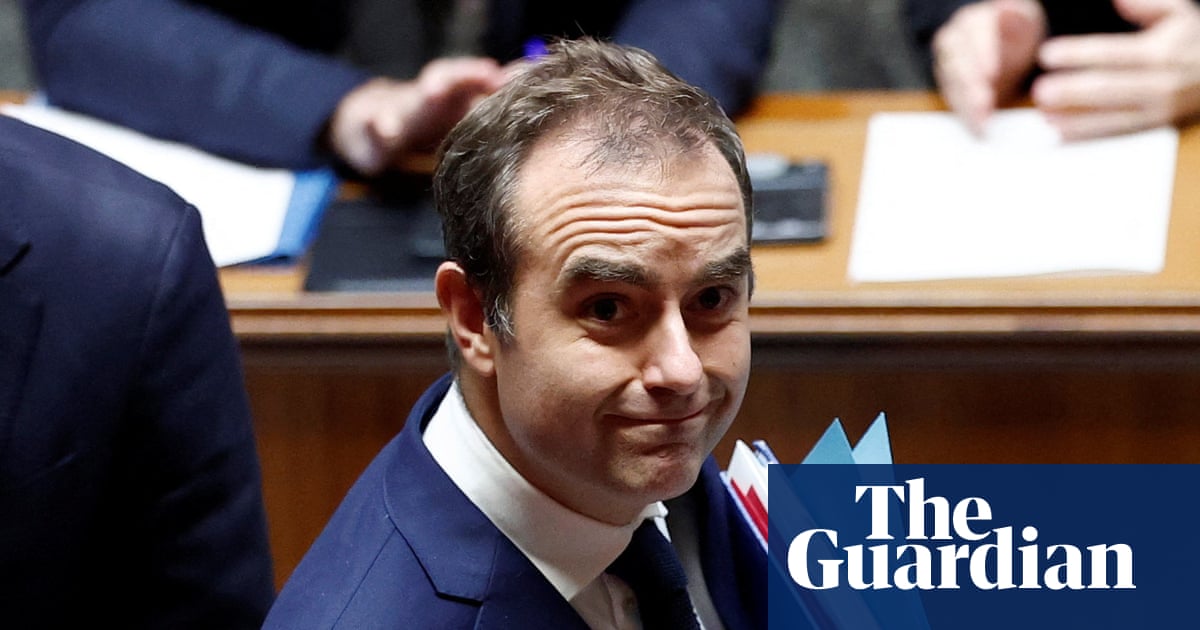The head of the International Monetary Fund has admitted that worrying about the risks building up in non-bank lending markets keeps her awake at night.
Kristalina Georgieva on Thursday urged countries to pay more attention to the private credit market, after the failure of sub-prime auto lender Tricolor and the car parts supplier First Brands.
Speaking at the IMF’s annual meeting in Washington DC, Georgieva said the fund was concerned about the “very significant shift of financing” from the banking sector to non-bank financial institutions (NBFIs).
Those NBFIs are not regulated as closely as the banking sector, she pointed out, meaning the world could end up in “a difficult place” if the private credit sector continues to grow significantly and the global economy then weakens.
“This is why we are urging more attention to the non-bank financial institutions,” Georgieva told reporters, suggesting there should be more oversight of the sector. “You are asking the question that keeps me awake every so often at night.”
First Brands and Tricolor had both been backed by private credit within the so-called shadow banking sector, which is not directly regulated and is not forced to disclose the level of risks on their books.
On Tuesday, the head of JP Morgan, Jamie Dimon, warned that more “cockroaches” could emerge from the private credit industry.
“My antenna goes up when things like that happen. I probably shouldn’t say this but when you see one cockroach, there’s probably more. And so everyone should be forewarned at this point,” Dimon said.
Georgieva says the IMF is being “very watchful”, but argues that “so far, not that many cockroaches” have been spotted.
She said she was encouraged that countries across the globe have better policy frameworks than were in place before the global financial crisis of 2008, while “systemically significant economies” have accumulated massive reserves to cope with problems.
But, she cautioned that many countries have exhausted their fiscal buffers, meaning they have little budget headroom to handle a financial crisis, while central banks are still battling inflation, and urged vigilance over the non-bank sector.
“In this environment, of course, the security blanket is covering us, but maybe we have a foot out in the cold. We have to be vigilant. What do we do? We watch it very carefully,” Georgieva said.
She also cited the “stretched valuations” in the stock market as a concern, in the event that the enthusiasm about AI doesn’t pay off, or its benefits take too long to arrive.
Back in June, BlackRock predicted that the private credit sector’s assets under management would grow to $4.5tn by 2030, up from an estimated $3tn today.
BlackRock’s Amanda Lynam and Dominique Bly argued that there is an “expanding addressable market” of both investors and borrowers for private credit. “Indeed, private credit has evolved from an asset class that was best placed to accommodate niche financing solutions, or lending to smaller, middle-market borrowers, to a sizeable, scalable, stand-alone asset class,” they added.
Earlier this week, the IMF warned that the growing exposure to NBFIs is generating concentration risk among some banks in the US and Europe.
The fund is concerned that banks are increasingly lending to private credit funds because these loans often deliver higher returns on equity than traditional commercial and industrial lending, thanks to the lower capital requirements allowed by their collateral structure.
It also warned US stock markets – which have rallied during the AI boom – are at risk of a “sudden, sharp correction” while government bond markets are under mounting pressure.






